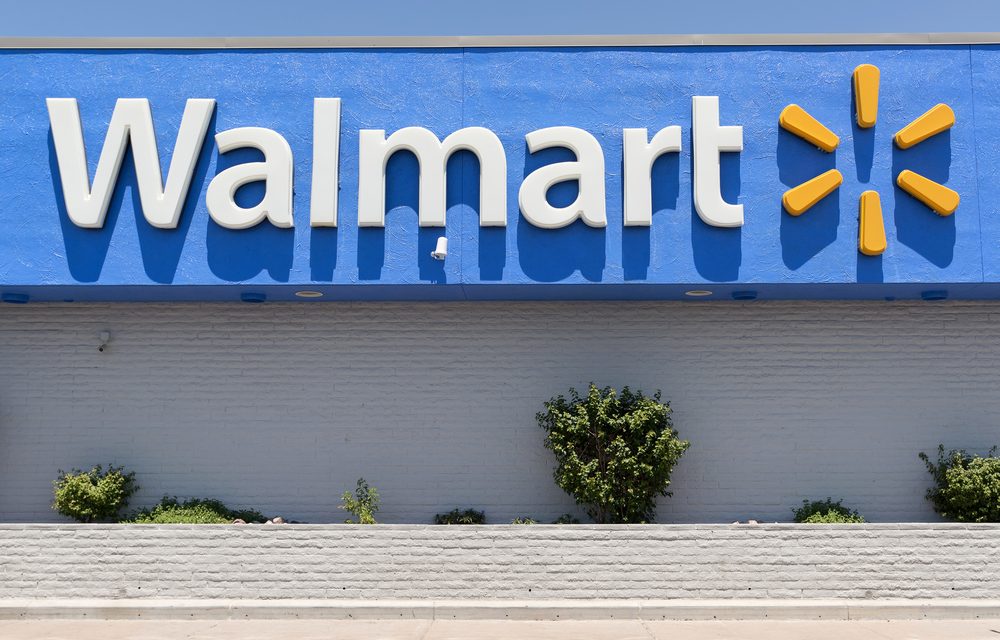Walmart leads all outlets for purchase share in the $75 billion household products market, TABS Analytics reported in its first TABS Household Care Study Webinar. This sector has much more channel competition than other consumer packaged goods (CPG) categories, TABS said. Walmart leads with 16.4 percent of purchases, but food retailers aren’t far behind with 14.9 percent. Dollar stores and home improvement stores have a 9.5 and 9.3 percent share, respectively, and there are nine outlets with a purchase share of at least 5 percent. E-commerce share of purchases is only 5 percent and TABS hypothesizes that the low share is a result of the high purchase frequency of many household products across multiple channels.
“There are a lot of meaningfully sized channels of household products,” said Dr. Kurt Jetta, TABS Analytics CEO. “Retailers seem to understand that these categories are strategically important because of their high penetration, repeat purchase rate and transaction size. These retailers are giving what’s probably a disproportionate amount of support to these categories and that doesn’t seem to be a bad thing because they’re all getting a good chunk of a very large sector.”
TABS Analytics’ Household Care Study was developed to determine what types of household care items consumers are buying, where those items are purchased, how much consumers buy and how frequently. One thousand geographically and demographically dispersed general population consumers between the ages of 18 and 75 participated in the survey. The study analyzed 15 categories: toilet paper, laundry detergent, paper towels, garbage bags, household cleaner, dish soap, facial tissue, air fresheners, fabric softeners, bleach, dishwasher detergent, mops/brooms, paper napkins, disposable tableware and floor-cleaning sheets. The study was conducted in September 2017.
Additional key findings from the study include:
- Amazon, Walmart.com and Target.com represent 91 percent of online household care transactions of the $3 billion to $4 billion ecommerce sales. Walmart is making some gains on Amazon and is becoming a much more prominent player in this sector. Walmart’s share of online transactions is 30 percent, while Amazon’s is 46 percent. Target’s share is 15 percent. Even with the success of Walmart and Target, six out of 10 sector buyers still do not buy any household care products online.
- Deals are still very important to these shoppers and two-thirds of them use at least three or more deal tactics. The three most popular deals for consumers are everyday low price (55 percent of consumers use this tactic), large sizes (45 percent) and bonus sizes (38 percent). The latter two are much more popular in this sector than in other CPG sectors and are more focused on pantry loading as opposed to generating one-off incremental sales transactions.
- Large households are the heaviest buyers of household care products, which is normal for CPG categories, but the skew is much higher in this sector. Fifty-six percent of households with five or more people in them claim to be heavy buyers. Forty-six percent of households with children are heavy buyers.
- In general, shopping preferences are significantly differentiated by ethnicity. White households are much more likely to shop at traditional grocery outlets than other ethnicities. Dollar stores have a much higher share of purchase transactions (13.2 percent) among non-Hispanic black households. Costco does much better among Hispanic households (7.2 percent) and other ethnicities (8.2 percent) than it does black and white households.
- Regular purchasing of organic household care products is still niche for the overall population. Only 9 percent of households regularly purchase organic products in this sector.
- Regular online purchasing still has a long way to go. Only 6 percent of households purchase household care products regularly online. Buyers age 18-34 tend to buy online more regularly as 8 percent claim to purchase online regularly. The same goes for households with an income of higher than $150,000, 11 percent purchase online regularly.

